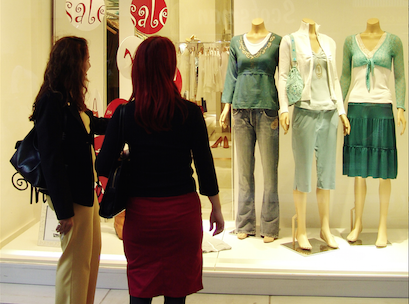Right here, right now. On my way to work or home. Handy. Just around the corner. In stock, always. 24/7 access. Click and deliver. Get it in my hands where and when I want it. Home delivered. Easy to find the cheapest price. Fast and efficient. Basically whatever I damn well demand – which is an ever evolving and completely changeable scope that happens to bend to my will at any point in time. So say the respondents in qualitative research discussions of shoppers. According to the Oxford Dicti
onary, the definition of convenient is: – “Fitting in well with a person’s needs, activities and plans. Involving little trouble or effort. Situated so as to allow easy access to. Helpfully placed or occurring.”
The problem with the concept of convenience in retail is that no retail format delivers on it completely 100 per cent of the time, because it is impossible. Until someone invents a Star Trek type ‘transporter’ device that can fit in an Apple watch and instantly bring you whatever it is you want exactly when you want it, deliverable convenience (as opposed to theoretical convenience) is a constant compromise.
The 21st century shopper sub-consciously makes these trade-offs whenever they decide to purchase and completely changes the method of shopping based on a moment in time calculation as to what suits them best at that point in time. If I am passing the supermarket on my way home and thinking about the dinner I wish to cook that night at that moment, then visiting that store is the most convenient option. But if I’m tired and stressed having arrived home from a nasty commute and just want to plonk myself down in front of Netflix with a glass of wine then home delivered pizza sounds pretty damn convenient.
Until the ‘beam me up Scotty’ machine arrives, retailers need to think through what is the most productive way for them to be convenient for the customer profile they serve and in a manner that supports the customer value proposition they offer. Testing and learning from new initiatives that add to that two way productivity assessment (shopper and retailer) help to ensure you stay on top of it.
Competitive context – as always – dictates who is most convenient and as long as you are equal to or slightly ahead of your competition, you are serving your customers well. But after that there are two things that need to happen. Firstly, retailers who have taken the time to deliver the most productive form of convenience possible to their shoppers within their business model need to stop feeling self-conscious or apologetic. And secondly, you need to start selling your form of convenience as an attribute of your offer for your customers.
Retail today often over-looks the simple basics of selling or talking up the offer. Find what makes you convenient and sell it to your customers because no matter who you are, if you make sales those shoppers have found you convenient for that purchase at that time in that place. Physical or virtual, the game is the same. Virtual retail makes it is easy to order but harder to get. Physical retail is harder to get to but delivers instant ‘cash and carry’ outcomes. Find what you offer then promote it. In the nano-second attention span of the 21stcentury, you’ll only get credit for what you bring to people’s attention.
Peter James Ryan is head of Red Communication and can be contacted on (02) 9481 7215 or at peter@redcommunication.com.
Access exclusive analysis, locked news and reports with Inside Retail Weekly. Subscribe today and get our premium print publication delivered to your door every week.

